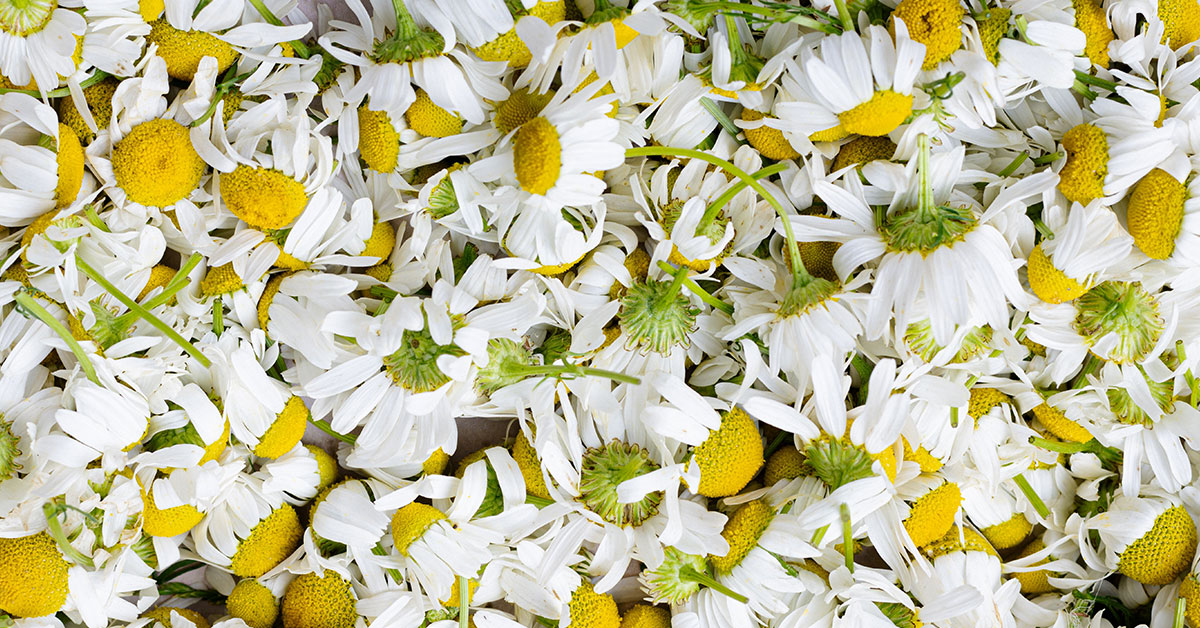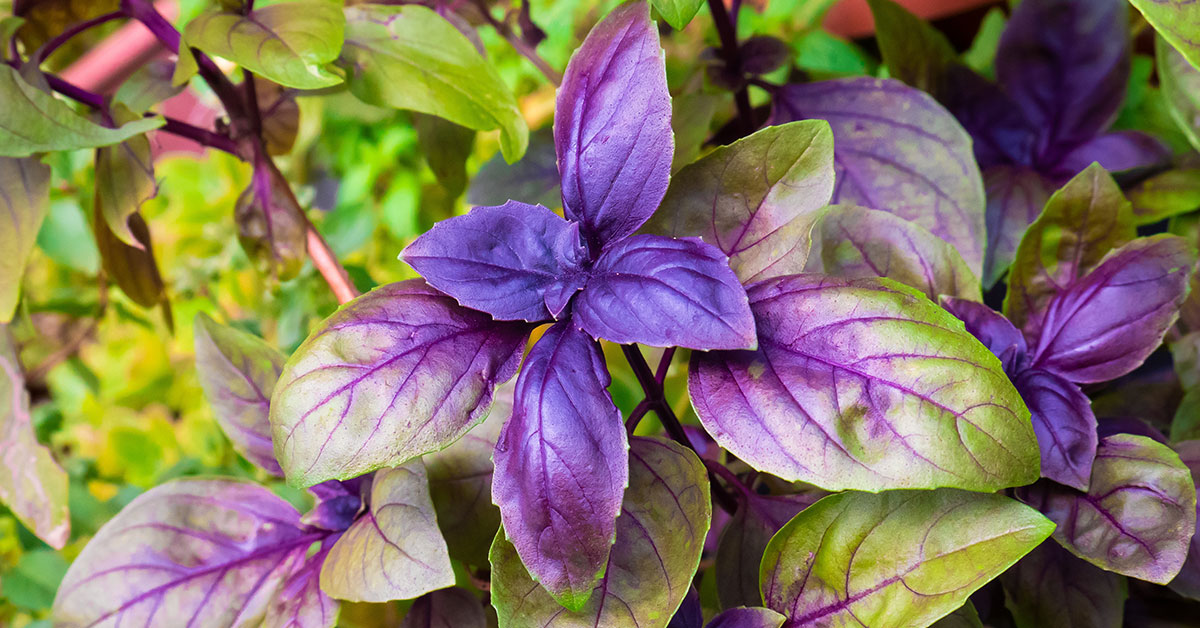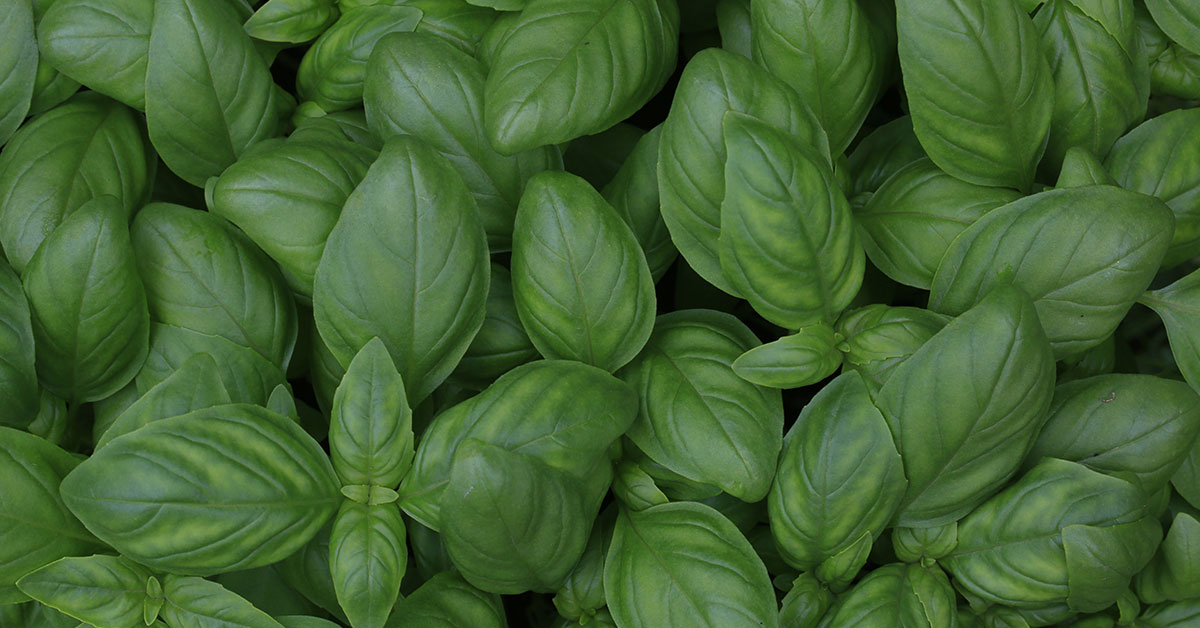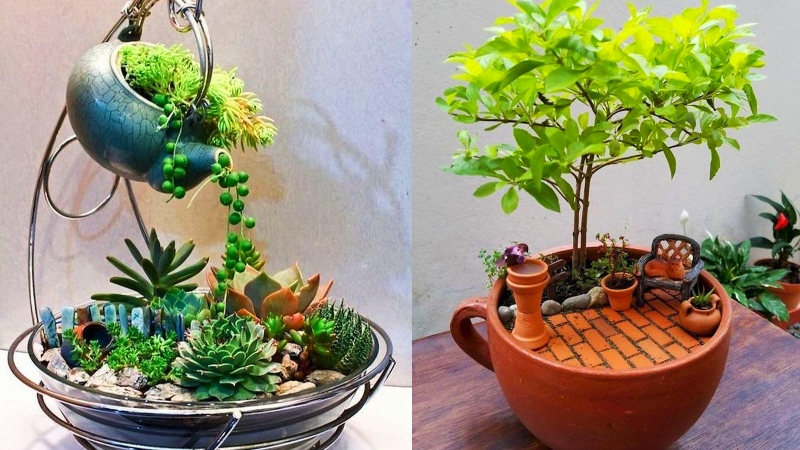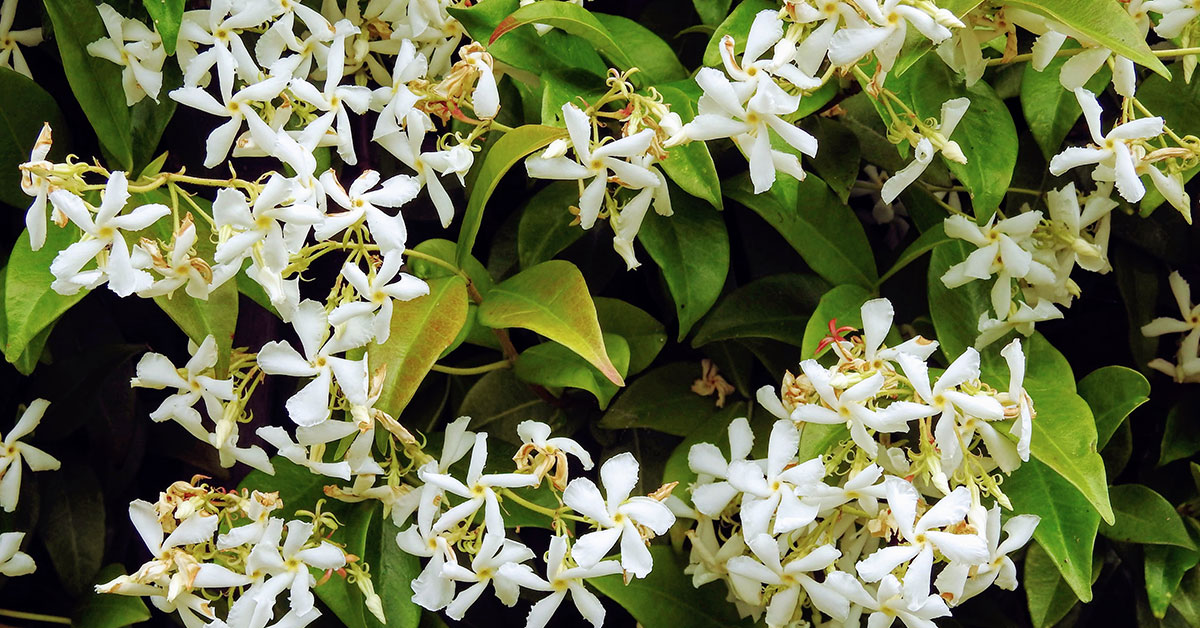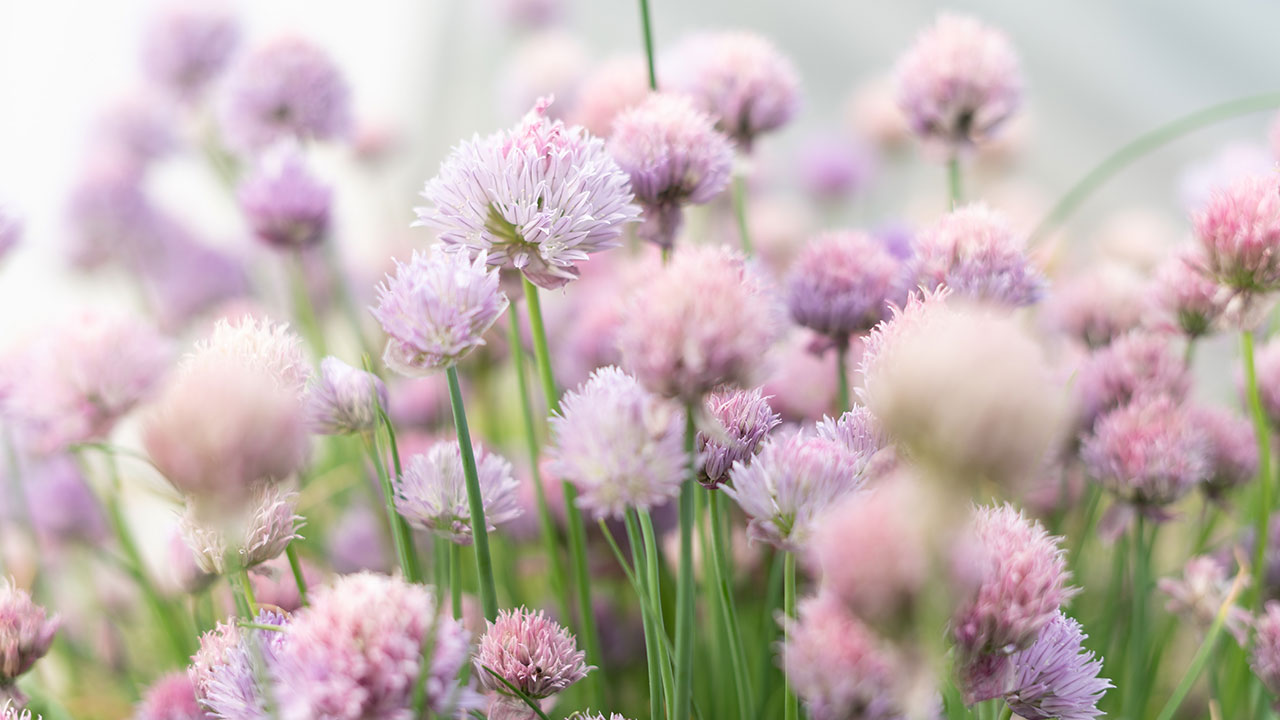Imagine stepping into your garden, surrounded by the refreshing scent of zesty lemons on a warm summer day. Would you believe it if I told you that you could cultivate that delightful citrus aroma in your own backyard? Enter Lemon Verbena, a versatile herb with a vibrant fragrance and a host of culinary and medicinal benefits. Whether you’re an experienced gardener or a novice with a green thumb, growing Lemon Verbena (Aloysia citrodora) can be a rewarding and enriching experience.
In this comprehensive guide, we will delve into the art of cultivating Lemon Verbena, exploring the essential steps and techniques necessary to ensure a thriving plant. Whether you plan to nurture it in a pot on your balcony or in a dedicated garden bed, we will equip you with the knowledge and expertise needed to maximize its growth potential.
What is Lemon Verbena?
Lemon Verbena (Aloysia citrodora) is a perennial herbaceous plant that belongs to the Verbenaceae family. It is native to South America, specifically Argentina and Chile, and is widely cultivated for its aromatic leaves and delicate white flowers. This herb is renowned for its intense lemon fragrance, which is released when its leaves are crushed or bruised.
The Lemon Verbena plant typically grows to a height of three to six feet, featuring long, slender leaves that are lance-shaped with serrated edges. The leaves are bright green and emit a strong citrus scent, resembling that of lemon or lemon zest. Its small white flowers, arranged in clusters, bloom in the late summer, adding a touch of beauty to the plant.
Apart from its enchanting aroma and ornamental value, Aloysia citrodora holds culinary and medicinal significance. Its leaves are used in a variety of culinary applications, such as teas, herbal infusions, desserts, and seasoning for fish and poultry dishes. The herb’s lemony flavor adds a refreshing twist to beverages and recipes, making it a popular choice among chefs and home cooks alike.
What does Lemon Verbena taste like?
Lemon Verbena (Aloysia citrodora) possesses a taste that perfectly matches its intense citrus fragrance. When consumed, the herb delivers a bright, lemony flavor that is often described as refreshing and tangy. Its taste is reminiscent of fresh lemons or lemon zest, with a hint of sweetness and a subtle herbal undertone.
The flavor of Lemon Verbena is vibrant and uplifting, adding a zesty and aromatic twist to various culinary creations. It infuses well into teas, imparting a bright and citrusy note. When used in cooking, it can enhance the taste of both sweet and savory dishes, providing a unique lemon-like essence that complements a range of flavors.
Starting Lemon Verbena from seeds
Growing Aloysia citrodora from seeds can be a rewarding and cost-effective way to establish your own plants. While Lemon Verbena seeds can be a bit challenging to germinate compared to other herbs, with proper care and attention, you can successfully cultivate this aromatic herb. Here is a step-by-step guide on how to grow Lemon Verbena from seeds:
Seed Selection: Obtain high-quality Aloysia citrodora seeds from a reputable source. Fresh seeds are more likely to have a higher germination rate.
Stratification (Optional): Lemon Verbena seeds may benefit from a process called stratification to enhance germination. This involves subjecting the seeds to a period of cold, mimicking winter conditions. To stratify the seeds, place them in a moistened paper towel or peat moss inside a sealed plastic bag. Keep the bag in the refrigerator for 2 to 3 weeks before proceeding to the next step. This process can help break seed dormancy and improve germination rates.
Soil Preparation: Choose a well-draining potting mix or prepare a soil mixture by combining equal parts of peat moss, perlite, and compost. Fill seed trays or small pots with the prepared soil mixture, leaving a 1/4-inch space at the top.
Sowing Seeds: Sow the Lemon Verbena seeds on the soil surface, spacing them approximately 1 inch apart. Lightly press the seeds into the soil but avoid burying them too deep, as Lemon Verbena seeds require light for germination.
Moisture and Cover: Mist the soil surface gently with water to provide moisture. To help maintain humidity, cover the seed trays or pots with a clear plastic wrap or a plastic dome. This creates a greenhouse-like environment, promoting seed germination. Ensure that the cover is not touching the seeds to avoid rotting.
Germination and Temperature: Place the seed trays or pots in a warm location with consistent temperatures between 70°F to 75°F (21°C to 24°C). Lemon Verbena seeds typically take 2 to 3 weeks to germinate, but it may vary. Check the trays regularly and ensure that the soil remains consistently moist, but not waterlogged.
Light and Airflow: Once the seeds have germinated and sprouts emerge, remove the plastic cover. Place the seedlings in a location with bright, indirect sunlight. Adequate airflow around the seedlings is crucial to prevent dampening-off disease, so provide good ventilation.
Thinning and Transplanting: When the seedlings develop their first set of true leaves, thin them out, leaving the strongest and healthiest seedling in each pot or cell. If growing in trays, you can transplant the seedlings into individual pots once they have grown a few inches tall.
Harden and Plant Outdoors: After the last frost date has passed, gradually acclimate the Lemon Verbena seedlings to outdoor conditions by exposing them to increasing periods of sunlight and outdoor temperatures over the course of a week. Once hardened off, transplant them into a well-drained garden bed or larger containers, spacing them 2 to 3 feet apart.
By following these steps and providing proper care, you can successfully grow Lemon Verbena from seeds and enjoy the fresh citrus aroma and culinary delights it offers.
How to grow
Growing Aloysia citrodora is a rewarding experience, and with the right conditions and care, you can cultivate healthy and fragrant plants. Here is a comprehensive guide on how to grow Lemon Verbena:
- Climate and Location:
- Lemon Verbena thrives in warm climates and prefers full sun but can tolerate partial shade.
- Ensure the location you choose provides at least six hours of sunlight per day.
- If you live in a region with cold winters, consider growing Lemon Verbena in containers that can be moved indoors during the colder months.
- Soil:
- Choose a well-draining soil with a pH level between 6.0 and 7.5.
- Amend the soil with organic matter like compost or well-rotted manure to improve its fertility and drainage.
- Planting:
- Aloysia citrodora can be grown from seeds, cuttings, or purchased plants.
- If using seeds, follow the steps outlined in the previous response for growing from seed.
- If using cuttings, take 4- to 6-inch cuttings from a healthy, established Lemon Verbena plant, remove the lower leaves, and place them in a container with water until roots develop. Then transplant the cuttings into pots or the ground.
- Space the plants approximately 2 to 3 feet apart to allow for proper growth and airflow.
- Watering:
- Water Lemon Verbena regularly, keeping the soil consistently moist but not waterlogged.
- Allow the soil to dry slightly between waterings, as Lemon Verbena prefers slightly drier conditions compared to other herbs.
- Be cautious not to overwater, as excessive moisture can lead to root rot.
- Fertilization:
- Apply a balanced organic fertilizer or a slow-release granular fertilizer in early spring to promote healthy growth.
- Follow the manufacturer’s instructions regarding the application rate and frequency.
- Pruning:
- Prune Aloysia citrodora regularly to maintain its shape and promote bushier growth.
- In early spring, prune the plant back by one-third to encourage new growth and prevent legginess.
- Throughout the growing season, pinch off the tips of the branches to encourage branching and a fuller plant.
- Pests and Diseases:
- Lemon Verbena is generally resistant to pests and diseases, but occasional issues like aphids or spider mites may occur.
- Monitor your plants regularly and take appropriate action if you notice any signs of infestation.
- Use organic insecticidal soaps or neem oil to control pests, following the instructions on the product label.
- Harvesting:
- Harvest Aloysia citrodora leaves once the plant is established and has reached a mature size, typically after a few months.
- Snip off individual leaves or stems as needed, making sure not to remove more than one-third of the plant at a time.
- The leaves can be used fresh or dried for culinary or aromatic purposes.
Remember to enjoy the delightful lemony fragrance and flavor of your Lemon Verbena plants. With proper care and attention, they will thrive, adding a refreshing touch to your garden and culinary creations.
Uses
Lemon Verbena (Aloysia citrodora) offers a range of uses, thanks to its delightful fragrance and versatile flavor. Here are some common applications for Lemon Verbena:
- Culinary Uses:
- Herbal Tea: Aloysia citrodora leaves make a refreshing and aromatic herbal tea. Simply steep a few leaves in hot water for a few minutes, strain, and enjoy.
- Flavor Enhancer: Add fresh or dried Lemon Verbena leaves to culinary creations such as salads, salad dressings, marinades, sauces, and soups to infuse them with a bright lemony flavor.
- Baking: Incorporate Lemon Verbena leaves into baked goods like cakes, cookies, scones, and tarts to add a unique citrus twist.
- Herbal Infusions: Combine Lemon Verbena leaves with other herbs like mint or chamomile for flavorful herbal infusions.
- Aromatic Uses:
- Potpourri and Sachets: Dry Lemon Verbena leaves and use them in potpourri mixes or create scented sachets to infuse your spaces with a refreshing citrus fragrance.
- Aromatherapy: Use Lemon Verbena essential oil or dried leaves in diffusers or aromatherapy preparations to promote relaxation, reduce stress, and uplift the mood.
- Medicinal and Wellness Benefits:
- Digestive Aid: Prepare a cup of Lemon Verbena tea to aid digestion, alleviate bloating, and soothe stomach discomfort.
- Relaxation and Sleep: Aloysia citrodora’s calming properties make it an excellent choice for herbal teas or tinctures that promote relaxation and help improve sleep quality.
- Natural Remedies: Aloysia citrodora is believed to have various therapeutic properties, including anti-inflammatory, antioxidant, and antispasmodic effects. It may be used in natural remedies for respiratory issues, headaches, and mild aches.
- Fragrant Additions:
- Skincare: Incorporate Lemon Verbena essential oil or dried leaves into homemade skincare products like soaps, lotions, and bath salts for a refreshing and aromatic experience.
- Candles and Potpourri: Add Lemon Verbena fragrance to candles or create scented potpourri blends to infuse your home with a citrusy aroma.
Remember to adjust the amount of Aloysia citrodora used in recipes according to personal taste preferences, as its flavor can be potent. Whether it’s enhancing culinary delights, creating a soothing ambiance, or exploring its potential wellness benefits, Lemon Verbena is a versatile herb that can elevate various aspects of your daily life.


